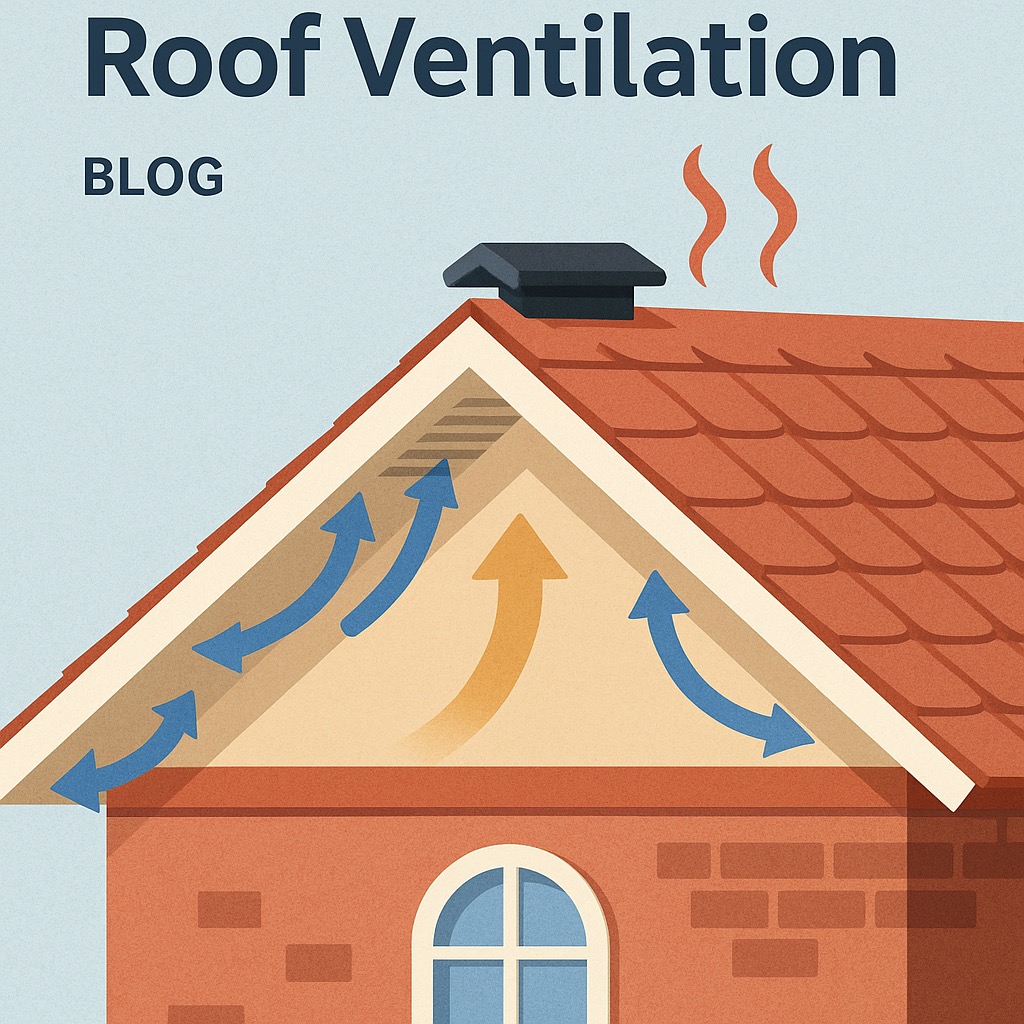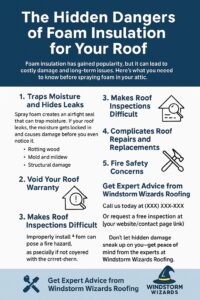
Why Roof Ventilation Is Crucial for Asphalt Shingles (And Your Home)
When it comes to protecting your home, your roof is your first line of defense—and if your roof is covered with asphalt shingles, proper ventilation is absolutely essential. While shingles themselves are designed to be tough and weather-resistant, they’re only as effective as the conditions around them allow. And that’s where roof ventilation steps in.
Let’s break down why roof ventilation matters, how it affects your asphalt shingles, and what happens if you ignore it.
🔄 What Is Roof Ventilation, Anyway?
Roof ventilation is a system of intake and exhaust vents that allow air to flow through your attic. This airflow helps regulate temperature and moisture levels, keeping your roof system healthy and your home energy-efficient.
There are two main types of vents:
- Intake vents (usually installed in soffits or eaves)
- Exhaust vents (like ridge vents, gable vents, or box vents)
Together, they create a continuous flow of air that pushes hot, moist air out and pulls cool, fresh air in.
☀️ How Ventilation Protects Asphalt Shingles
- Prevents Overheating
In hot weather, poor ventilation can cause attic temperatures to skyrocket—sometimes reaching over 150°F! That intense heat can “bake” your shingles from underneath, leading to premature aging, warping, and curling. Asphalt shingles that should last 20–30 years might only make it 10–15 without proper airflow. - Reduces Moisture Buildup
In colder months, warm air from your home can rise into the attic. If it gets trapped, it can condense into moisture, which leads to mold, mildew, and wood rot. That moisture can also damage the underside of your shingles and weaken the roof deck. - Prevents Ice Dams
Without proper ventilation in winter, warm air in the attic melts snow on the roof, which then refreezes at the edges and forms ice dams. These dams can force water under the shingles, leading to leaks, damaged insulation, and even interior ceiling stains. - Improves Energy Efficiency
A well-ventilated roof reduces the burden on your HVAC system. Your attic stays cooler in the summer and drier in the winter, which means your home stays more comfortable and your energy bills stay lower.
⚠️ What Happens Without Roof Ventilation?
- Shingles degrade faster
- Higher risk of roof leaks
- Mold and mildew growth
- Increased energy costs
- Voided manufacturer warranties (Some shingle warranties require adequate ventilation to remain valid!)
🛠️ Signs of Poor Ventilation
- Curling or blistering shingles
- Rust on metal components in the attic
- Mold or musty smells in the attic
- High energy bills in summer or winter
- Ice dams along the roof edge in winter
If you’re seeing any of these signs, it might be time for an inspection.
✅ Final Thoughts
Proper roof ventilation isn’t just a “nice-to-have”—it’s a must for protecting your asphalt shingles and extending the life of your roof. Whether you’re installing a new roof or maintaining an existing one, make sure ventilation is part of the conversation.
A well-ventilated roof leads to a healthier home, longer-lasting shingles, and fewer costly surprises down the road.
Need help evaluating your roof’s ventilation system?
For a free consultation just give us a call, we can help you assess your setup and recommend the best solutions for your home and climate. 713-234-6437


